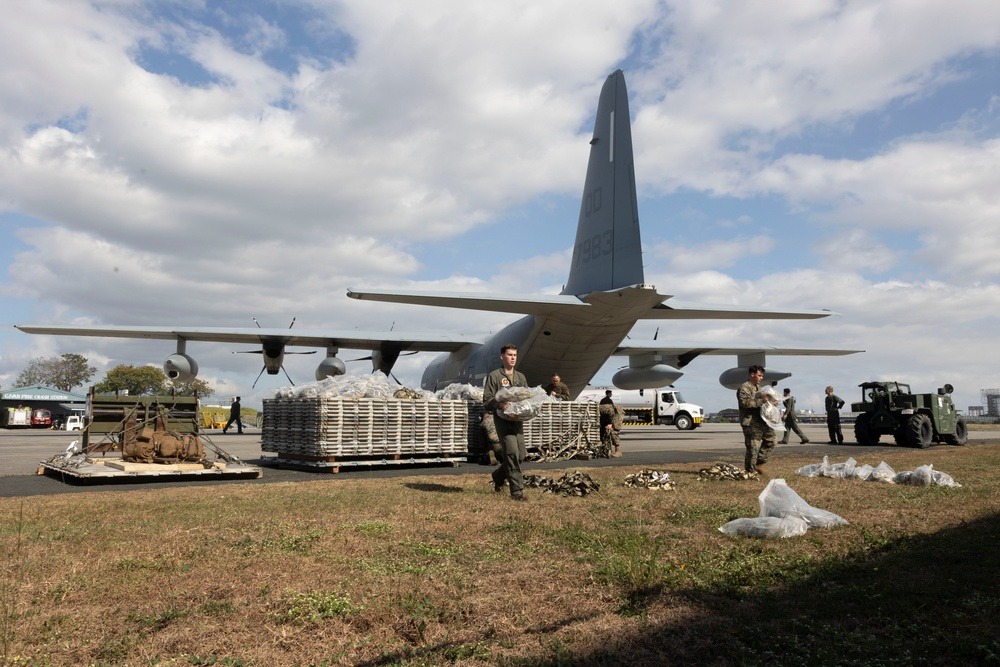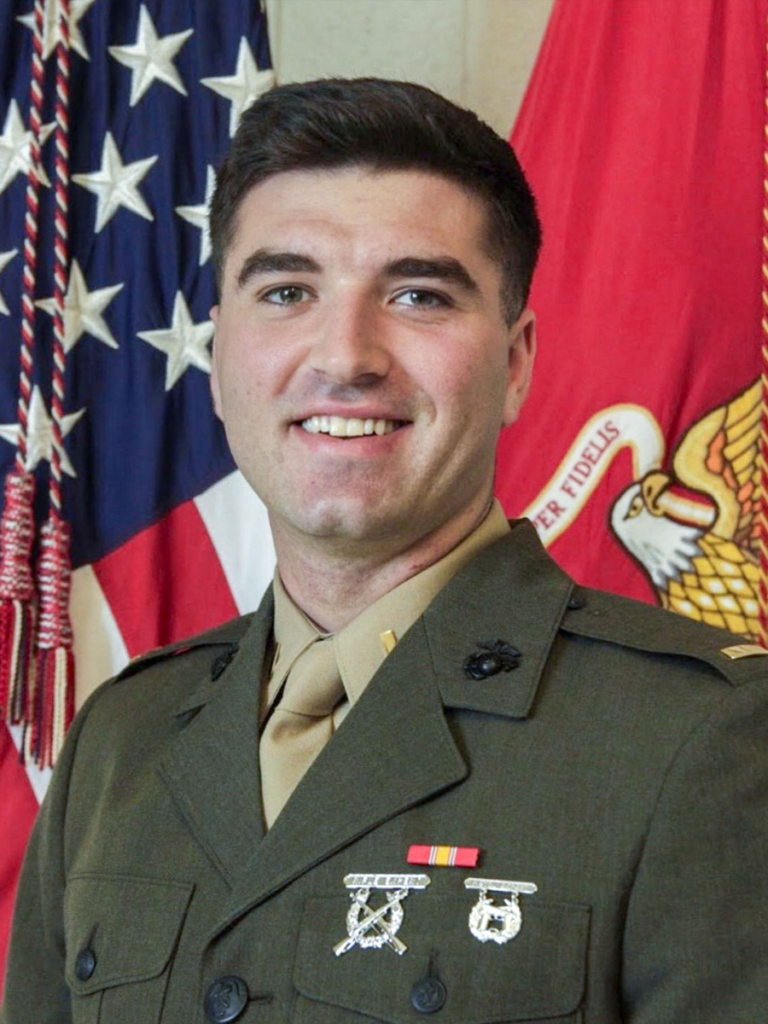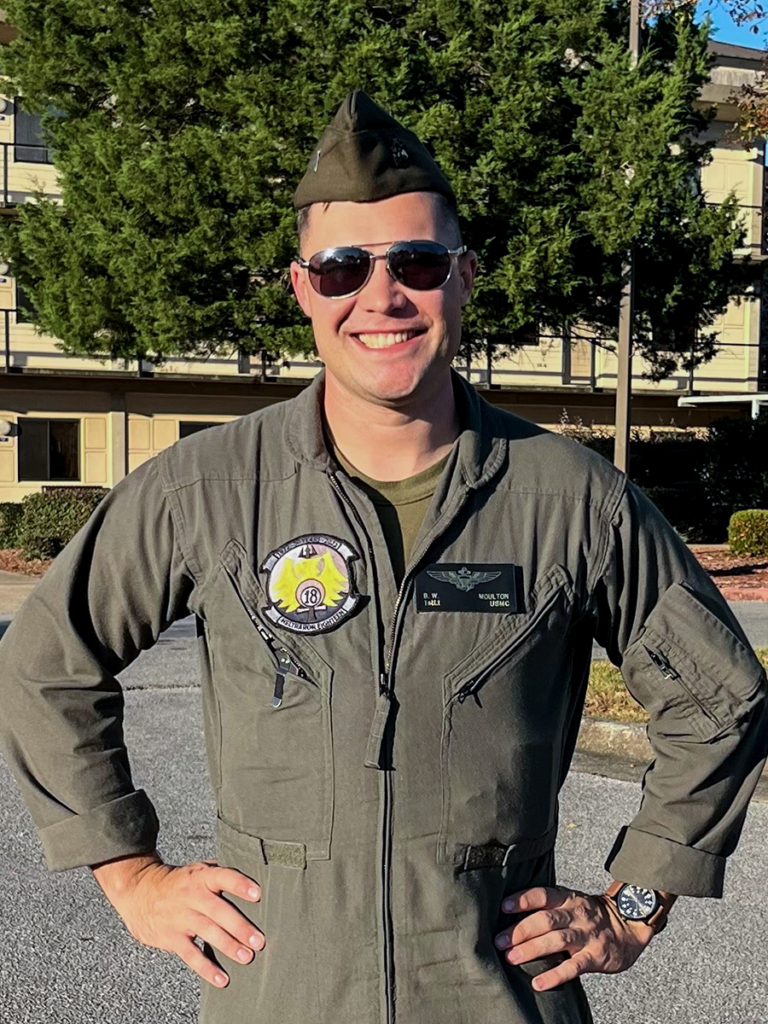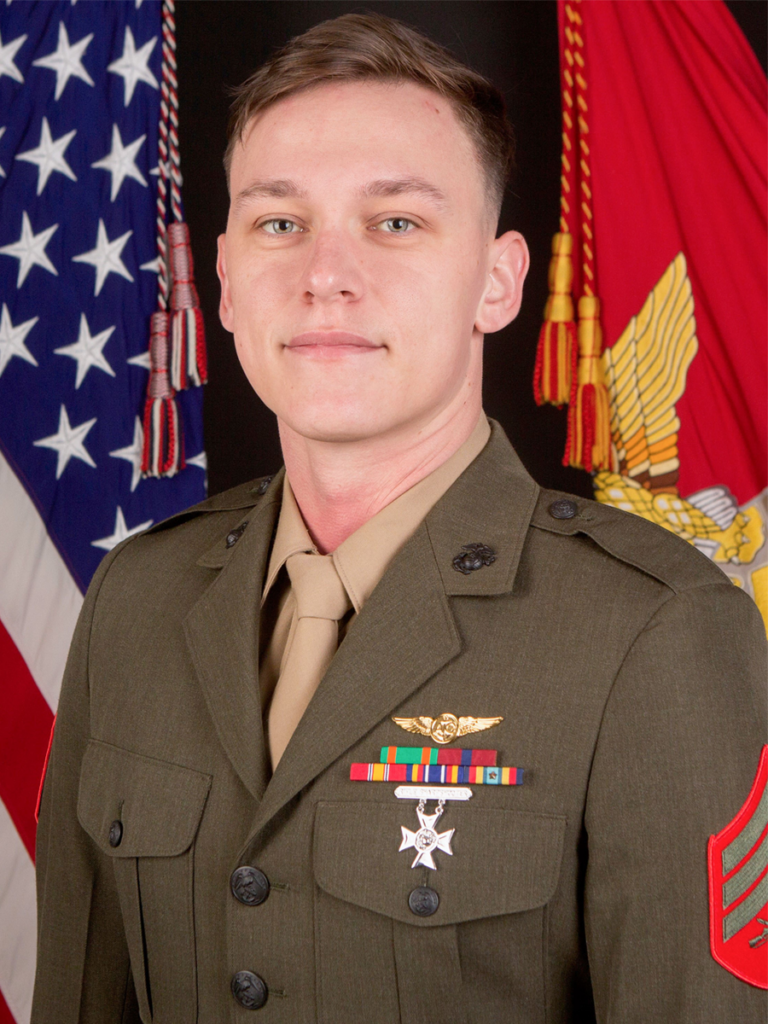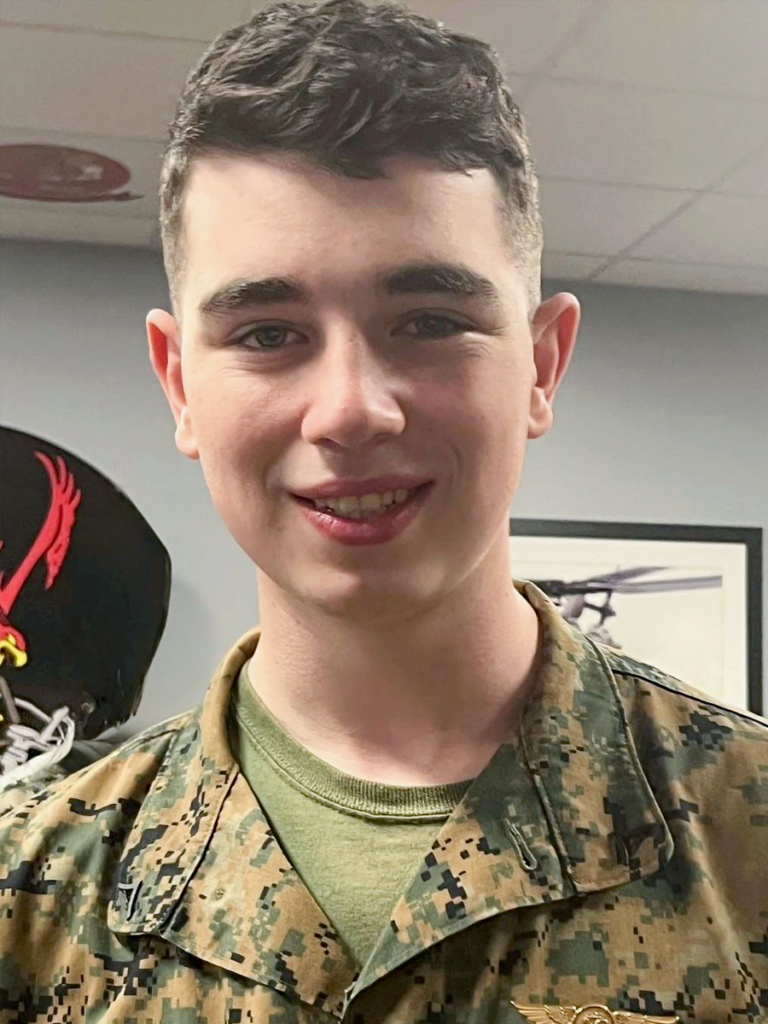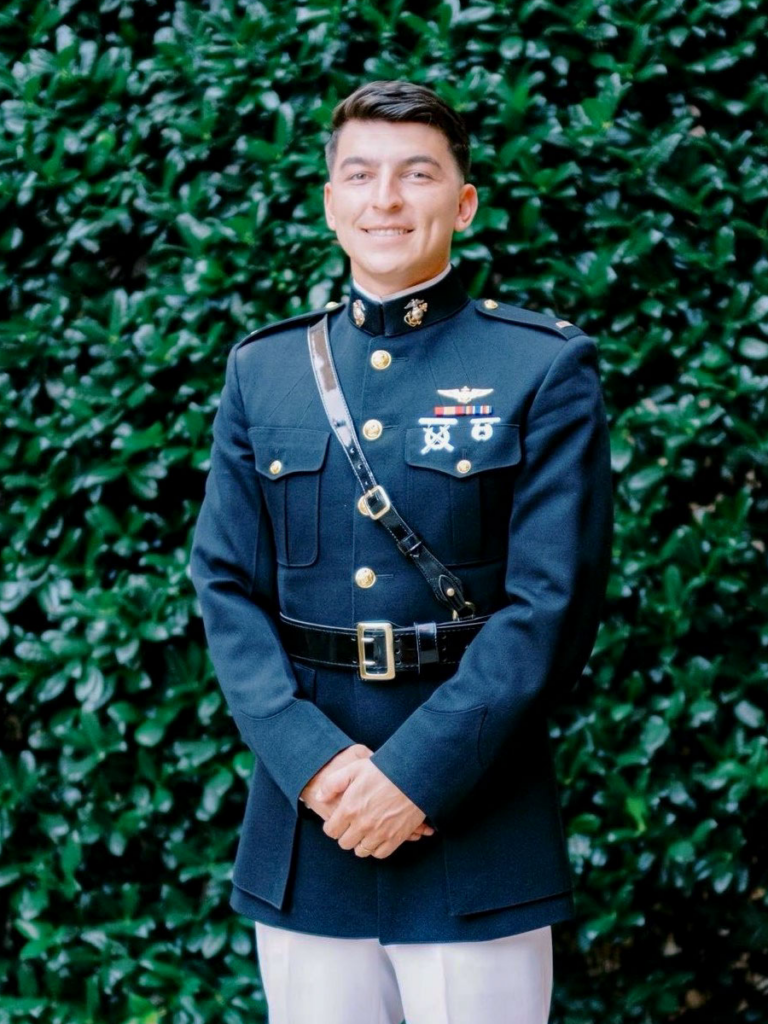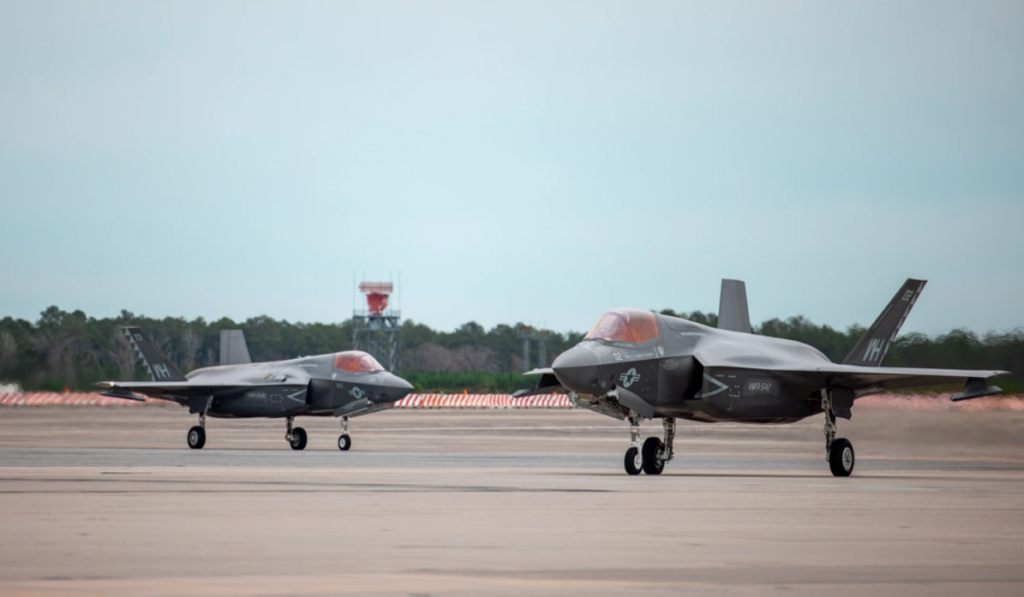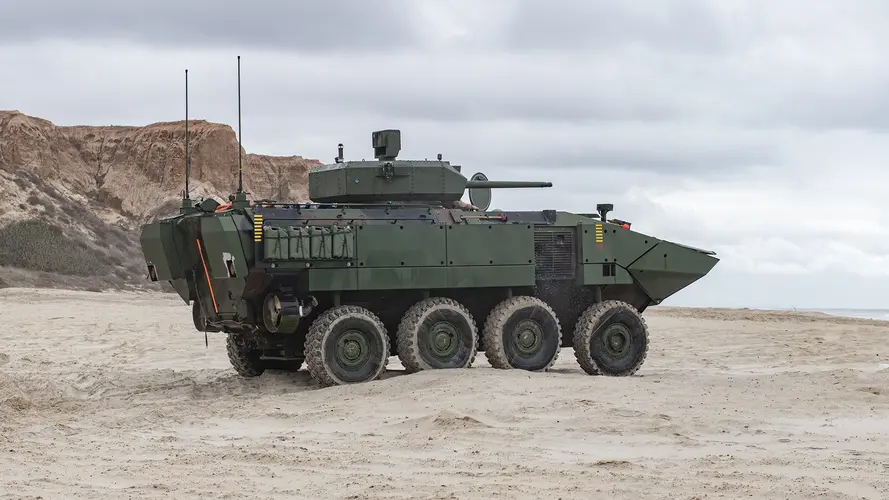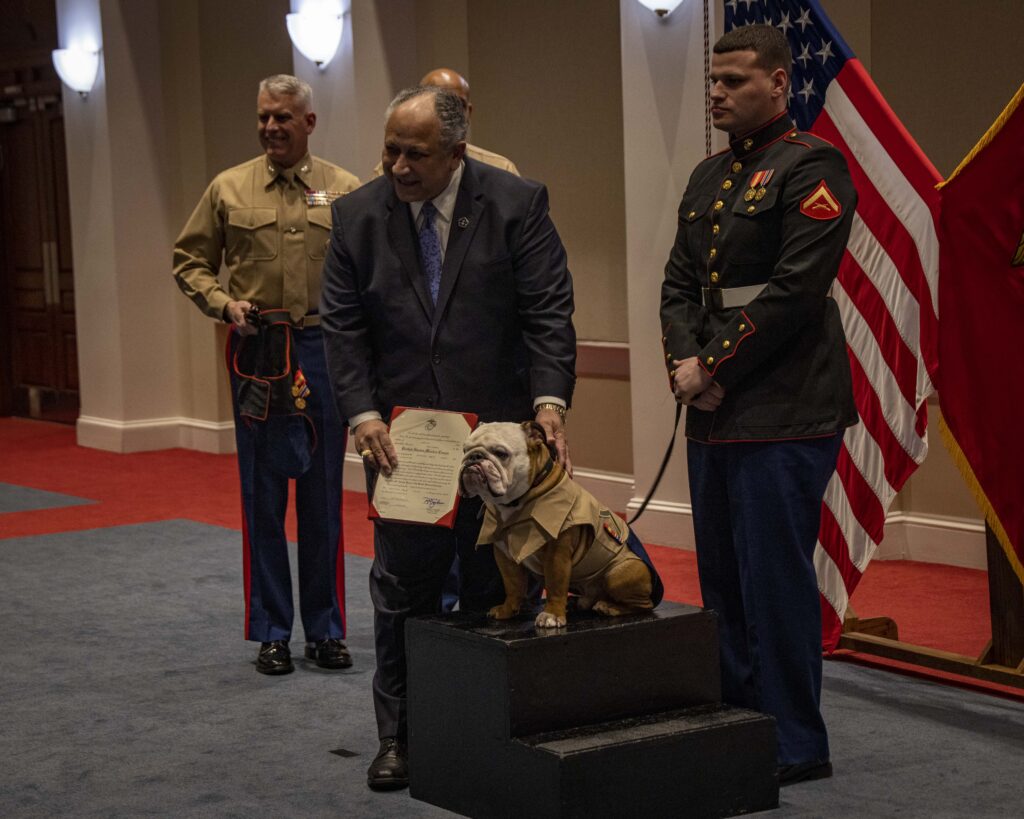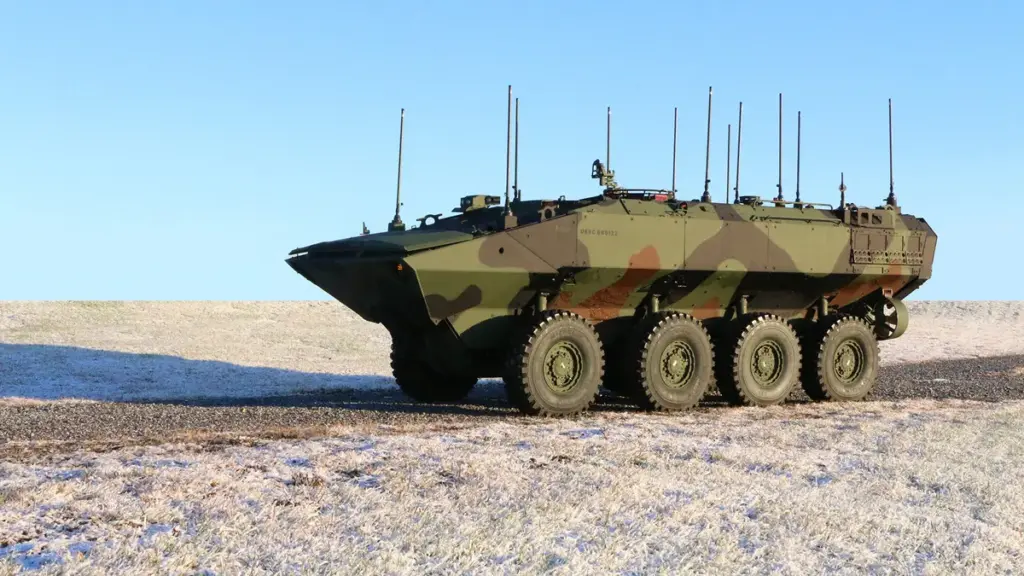Marine Corps Systems Command Announces Organizational Restructuring, Enhancing Force Modernization and Capability Delivery

Feb. 13, 2024
MARINE CORPS BASE QUANTICO, Va. — Marine Corps Systems Command, or MARCORSYSCOM, and Program Executive Officer Land Systems, or PEO LS, are initiating a structural reorganization aimed at modernizing and streamlining operations to enhance the operational capabilities of the Marine Corps.
These changes—modeled after the principles laid out by former Commandant David H. Berger and underscored by current Commandant Eric M. Smith in Force Design, continued guidance from senior leadership, and feedback from across the acquisition community—underscore the Corps’ commitment to modernizing and optimizing operations to reduce bureaucratic delays to program execution.
As recently noted by MCSC commander, Brig. Gen. David C. Walsh, the changes come at a strategically critical moment for the Marine Corps. In an era of renewed great power competition—marked by emerging challenges to the established global order by our nation’s stated adversaries—the need to deliver the capabilities required by Marines to win on the future battlefield becomes imperative.
According to Walsh, “Acquisition programs continue to increase in complexity and accelerate with rapidly evolving technology. As the Marine Corps modernizes to meet these challenges via Force Design, there is a clear imperative to pick up the pace of capability delivery. We will provide the Marines with the right equipment at the right time.”
Ultimately, the changes made aim to boost efficiency and agility by streamlining decision-making processes, harmonizing organizational structures, and strategically aligning programs to enhance warfighting capabilities ahead of the ever-evolving geopolitical landscape.
The new MCSC organizational chart can be seen here: https://www.marcorsyscom.marines.mil/About-Us/
Similarly, major changes are on the horizon at PEO LS, where targeted realignments and deliberate consolidation will bolster critical modernization efforts associated with integrated command and control as well as combat and tactical vehicle fleet modernization. Key moves include the realignment of light and heavy tactical vehicle programs, the consolidation of intelligence systems and cyber operations and of air and ground command and control systems. This strategic restructuring positions PEO LS to better meet the evolving demands of modern warfare and operational efficiency. According to Mr. Stephen Bowdren, Program Executive Officer Land Systems, “These changes, coupled with complementary initiatives with MCWL and CD&I, are key first steps on a path to a more rapid and responsive Marine Corps acquisition enterprise which is essential to meeting the requirements of Force Design”
The new PEO LS organization chart can be seen here: https://www.peols.marines.mil/Organization/
Ultimately, this comprehensive restructuring represents a significant step forward in enhancing the Corps’ readiness and responsiveness to the challenges of the future fight. By streamlining processes and aligning resources more closely with strategic priorities, MARCORSYSCOM and PEO LS are poised to accelerate the delivery of critical capabilities to Marines in the field—equipping them to fight and win in any clime or place.
